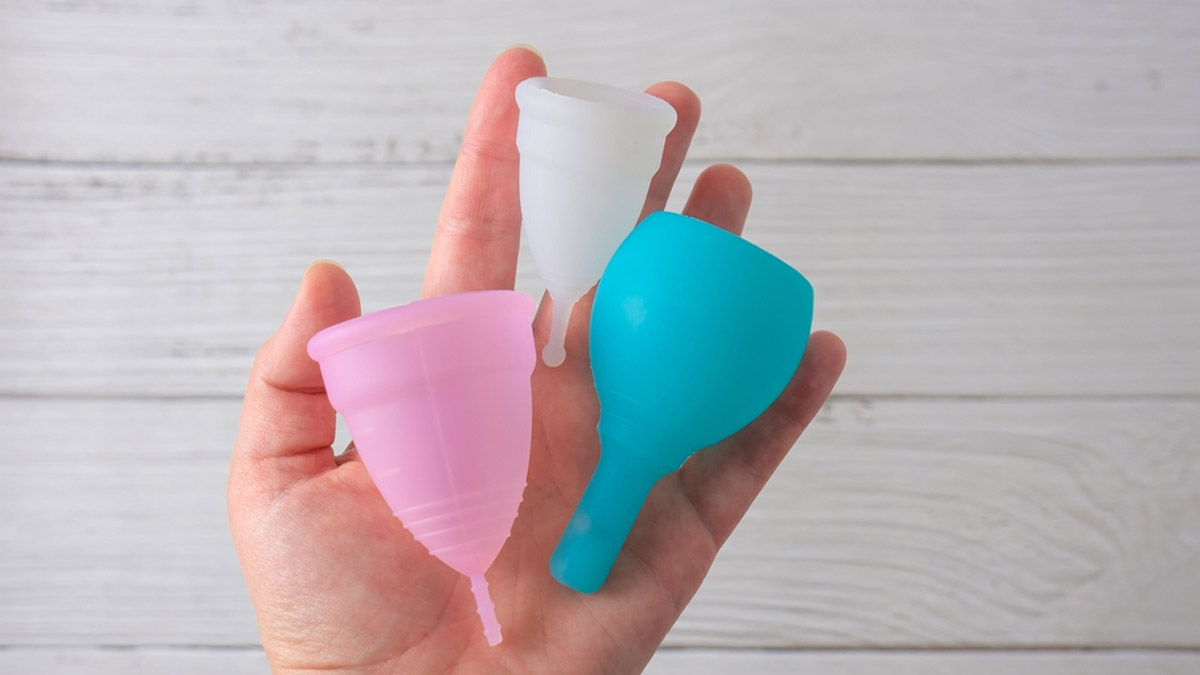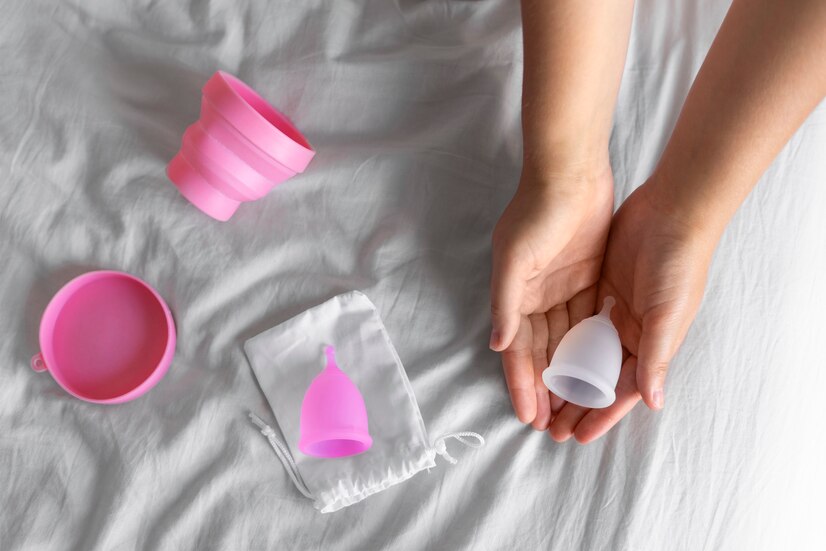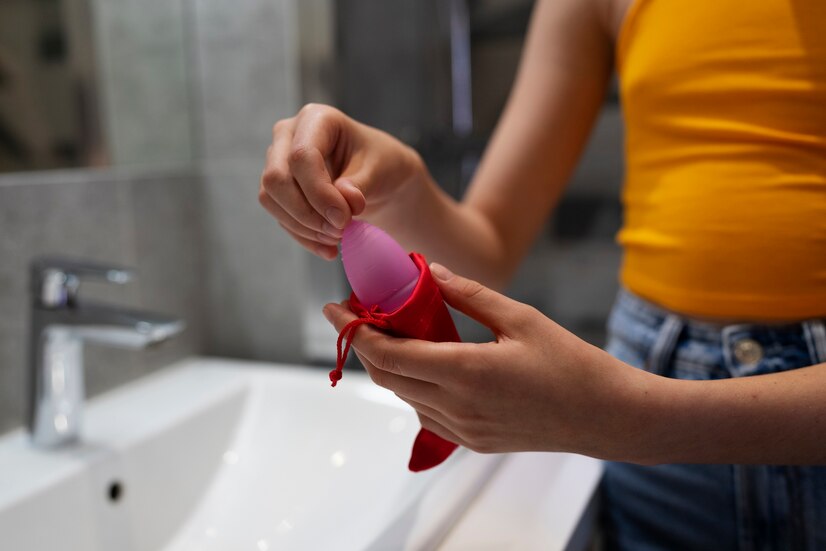
Menstrual Cup Sizing: How To Chose The Right Size
Amid the continual debate of whether sanitary pads are a safe option to use during periods, menstrual cups have emerged as a winner due to their environment-friendly properties. These bell-shaped carriers are made from medical-grade silicone or rubber which is inserted into the vagina to collect the menstrual blood. They can hold a larger volume of blood compared to tampons and reduce the chances of rashes and infections in your intimate area. However, this may leave you with one vital question - how to choose the correct menstrual cup size?
We spoke to Dr N Sapna Lulla, Lead Consultant - Obstetrics & Gynaecology at Aster CMI Hospital, Bangalore. She has provided a guide that may help you choose the right menstrual cup size.
How To Chose The Right Menstrual Cup Size
Choosing the correct menstrual cup size for comfort during your menstrual cycle is essential. Dr Lulla says, “To make an informed choice, consider factors such as your age, whether you have given birth vaginally, and your flow intensity.” Menstrual cups are available in small, medium, and large sizes, with certain brands offering additional options. “Consult the sizing guide provided by the manufacturer, as different brands may have slightly different measurements. If you have a higher cervix, you may require a longer cup, while those with a lower cervix might benefit from a shorter design. Trying different sizes and styles can also help you find the most suitable option for your body, ensuring a secure fit that minimises leaks and maximises comfort throughout your period,” she concluded.

Don't Miss: Menstrual Cups: Price, How To Use, Benefits Over Sanitary Napkins
Dos And Don'ts Of Menstrual cup
- Educate yourself about proper insertion and removal techniques of menstrual cups to avoid discomfort and leaks.
- Always clean your hands with soap and water before inserting or removing the cup from your vagina.
- Thoroughly wash and sterilise the cup before and after use with hot boiling water.
- Avoid oil-based lubricants to insert the cup as they can deteriorate its material.
- Empty the cup every 4-12 hours depending on your flow.
- Discontinue the use of a menstrual cup if you experience irritation, discomfort, or other unusual symptoms as it may be a sign of allergy.
- Consult a gynaecologist if facing health concerns or doubts.
- “Refrain from using the cup during certain medical conditions, such as a recent pelvic surgery or if you have a history of toxic shock syndrome, without consulting a healthcare professional,” advises Dr Lulla.
1
2
3
4

Don't Miss: IVF Myths And Facts: Expert Addresses Common Misconceptions
If you liked this story, stay tuned to HerZindagi for more!
Herzindagi.com is Jagran New Media's gender and lifestyle vertical, catering to women of all age groups, helping them remain updated, on-trend and aware. To improve our performance and understand our readers' interests better, we have created this poll. This will take 2 minutes of your time, do help us out. Click here to fill out the form.
Image courtesy: Freepik
Also watch this video
Herzindagi video
1
2
3
4